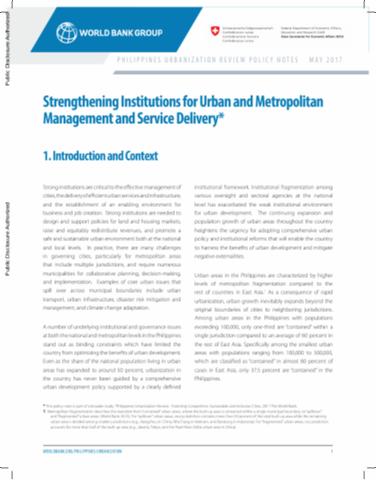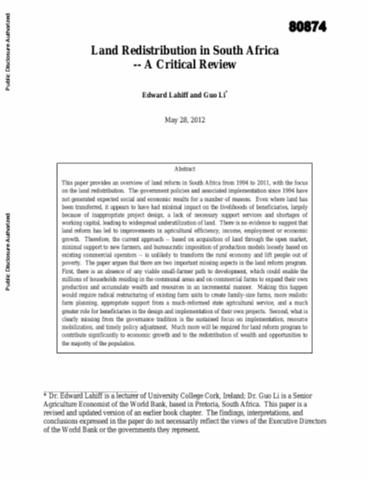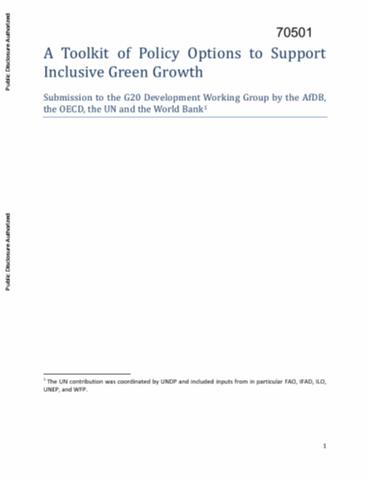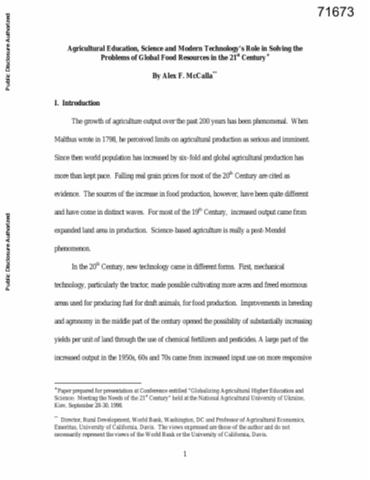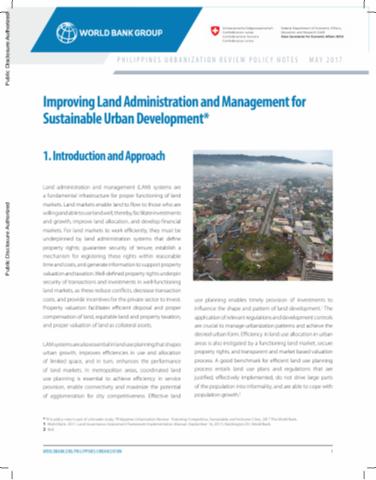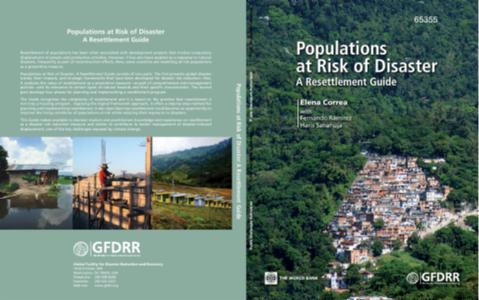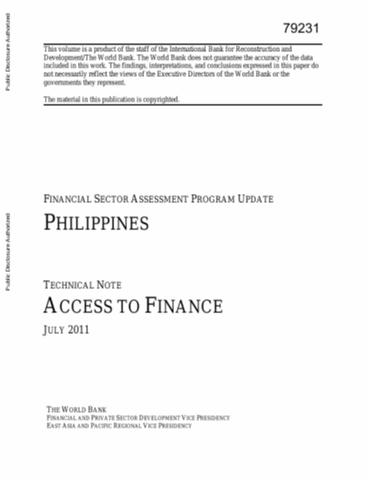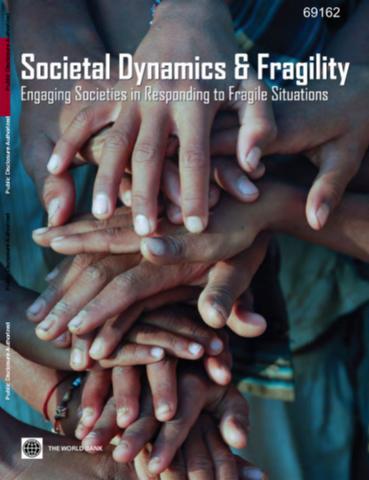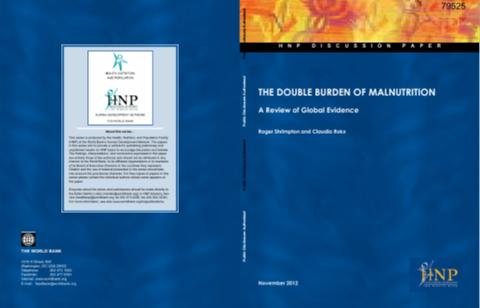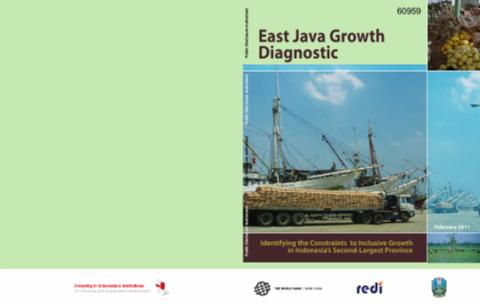Strengthening Institutions for Urban and Metropolitan Management and Service Delivery
This policy note discusses strengthening institutions for urban and metropolitan management and service delivery and is part of a broader Philippines urbanization study. Strong institutions are critical to the effective management of cities, the delivery of efficient urban services and infrastructure, and the establishment of an enabling environment for business and job creation.

